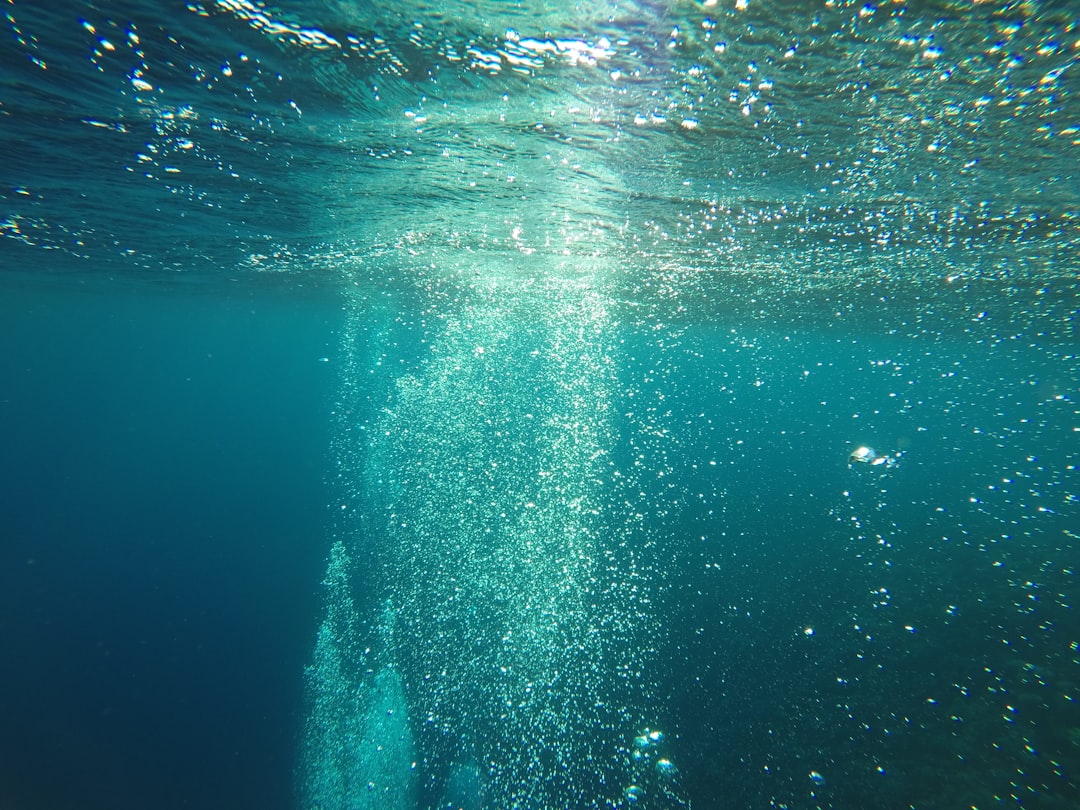What is it about?
This study examines coastal processes and sediment transport along the northern coast of the Yucatan Peninsula. We use wave hindcast data and numerical models to analyze wave conditions, identify sediment transport patterns, and assess erosion and deposition areas. The study highlights the sensitivity of the shoreline to human interventions and emphasizes the need for effective sediment management strategies to address erosion issues.
Featured Image

Photo by Lopez Robin on Unsplash
Why is it important?
Sediment transport plays a crucial role in shaping coastal landscapes and maintaining shoreline stability. Understanding these processes is essential for coastal management and mitigating erosion problems. The publication focuses on the northern coast of the Yucatan Peninsula, an area with limited data on sediment transport rates. By providing a comprehensive assessment of sediment transport patterns and identifying erosion hotspots, this study fills a significant knowledge gap and serves as a milestone for sediment transport research in the region. The findings highlight the impact of human interventions and poorly planned coastal protection structures on shoreline erosion, emphasizing the importance of sustainable coastal development practices.
Perspectives
This groundbreaking publication on sediment transport rates along the northern coast of the Yucatan Peninsula sheds light on the erosion challenges this region faces. Our findings serve as a milestone for sediment transport studies in the area and emphasize the need for sustainable coastal development practices.
Christian Appendini
Universidad Nacional Autonoma de Mexico
Read the Original
This page is a summary of: Longshore Sediment Transport on the Northern Coast of the Yucatan Peninsula, Journal of Coastal Research, November 2012, Coastal Education and Research Foundation,
DOI: 10.2112/jcoastres-d-11-00162.1.
You can read the full text:
Contributors
The following have contributed to this page










